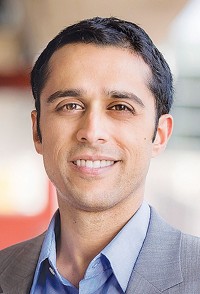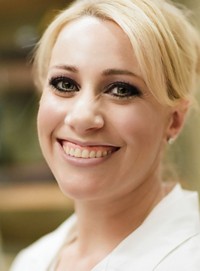Advertisement
Grab your lab coat. Let's get started
Welcome!
Welcome!
Create an account below to get 6 C&EN articles per month, receive newsletters and more - all free.
It seems this is your first time logging in online. Please enter the following information to continue.
As an ACS member you automatically get access to this site. All we need is few more details to create your reading experience.
Not you? Sign in with a different account.
Not you? Sign in with a different account.
ERROR 1
ERROR 1
ERROR 2
ERROR 2
ERROR 2
ERROR 2
ERROR 2
Password and Confirm password must match.
If you have an ACS member number, please enter it here so we can link this account to your membership. (optional)
ERROR 2
ACS values your privacy. By submitting your information, you are gaining access to C&EN and subscribing to our weekly newsletter. We use the information you provide to make your reading experience better, and we will never sell your data to third party members.
Materials
2005 Macarthur Fellows
Three chemical scientists are among this year's winners of coveted unrestricted grants
by Amanda Yarnell
September 26, 2005
| A version of this story appeared in
Volume 83, Issue 39
Last week, an unexpected phone call changed the lives of theoretical chemist Todd J. Martínez, biochemist Pehr A. B. Harbury, and laser engineer Claire Gmachl. These three scientists are among the 25 highly original and creative individuals selected to receive MacArthur Fellowships this year. The fellows will receive $500,000 of no-strings-attached support from the John D. & Catherine T. MacArthur Foundation over the next five years.
Martínez, 37, is a professor of chemistry at the University of Illinois, Urbana-Champaign. He uses quantum mechanics to explain and predict the outcome of chemical reactions involving electronically excited states. He was the first to carry out first-principles simulations of photochemical reactions in large biological molecules and is now adapting that method to study other complex reactions.
Harbury, 40, is an associate professor of biochemistry at Stanford University. He has developed methods for protein structure prediction and used them to rationally design protein structures not found in nature. More recently, he developed a method for using in vitro evolution to control the rapid combinatorial synthesis of diverse libraries of small molecules.
Gmachl, 38, is an associate professor of engineering at Princeton University. She is developing high-performance, solid-state lasers for chemical sensing in a variety of applications such as environmenal, medical, and homeland security applications.
Now that the initial shock is beginning to wear off, the new fellows are beginning to think about what they’ll do with the prize money. Martínez tells C&EN he plans to use some of it to take his research group on a combined vacation and extended group meeting in an exotic locale. He also hopes to use the prize money to further expand his research, something Gmachl echoes. “I will use it for some far-out project that is very hard to get funding for otherwise,” she says.







Join the conversation
Contact the reporter
Submit a Letter to the Editor for publication
Engage with us on Twitter